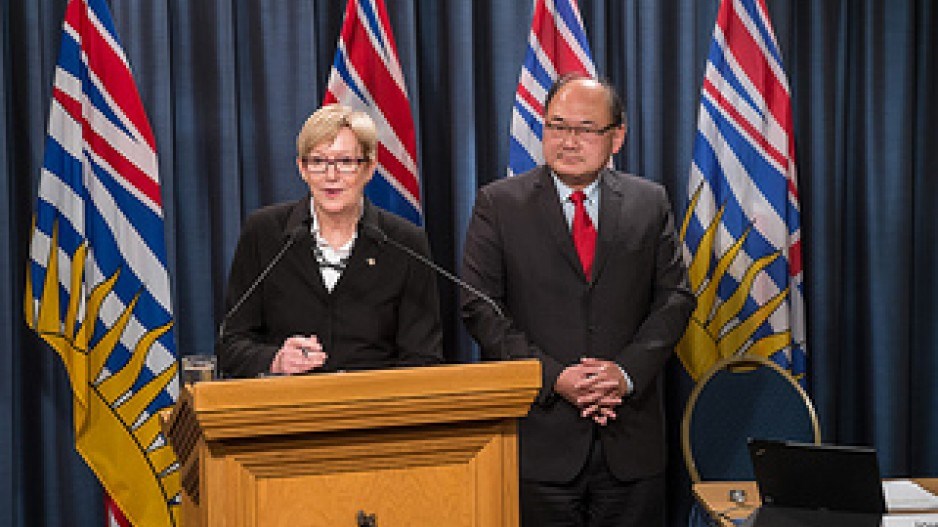Grocers who want to sell liquor will have to generate 75% of their sales from food and operate a store that is at least 10,000 square feet, the B.C. government announced October 10.
Grocers may co-brand their stores along with liquor store chains, such as Liquor Barn, regardless of whether the liquor store is physically in the grocery store. There will also not be a minimum size for a liquor store within the grocery store.
Clarity over exactly what kind of store will be eligible to start selling alcohol next spring follows the government’s announcement in March that it would start allowing those sales.
An unspecified number of grocery stores will be given permission to start selling B.C. wine on store shelves. Otherwise, sales will be allowed via a store-within-a-store model that would have a separate cashier for an alcohol section.
One big obstacle, however, is the government’s insistence that any grocers who want to sell alcohol must be at least one kilometre from an existing liquor store or get approval from the liquor-selling business owner who operates within that one-kilometre radius.
The grocer would also have to buy one of B.C.’s 630 private liquor licenses and move it to the grocery store.
B.C.’s parliamentary secretary for liquor policy reform, John Yap, said in a soundcloud audio snippet that his government continues to consult with industry in the lead-up to the policy change.
“As we finalize our grocery framework, the consultation with grocery stores, owners and industry will clearly continue and be used as a sounding board so we can create a made in B.C. model that’s ready for implementation next spring,” Yap said.




